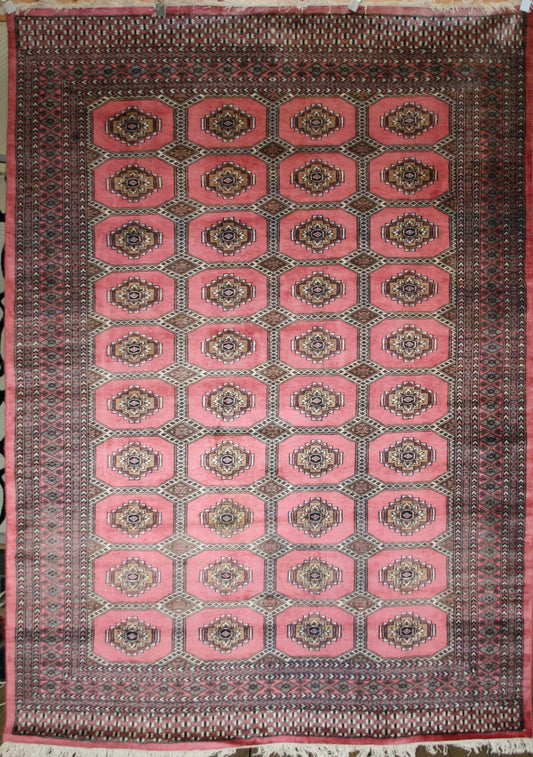Jaldar Rug History & Origin Guide
An In-depth Guide to Jaldar Rugs
Embark on a captivating journey into the world of Jaldar rugs, renowned for their unique design influences and luxurious craftsmanship. Originating from Pakistan, these rugs offer a striking fusion of traditional motifs and modern aesthetics.
History and Location
The Jaldar rug design was first created in Pakistan and has since become a beloved pattern in the world of handmade rugs. The region's history, dating back thousands of years, has been influenced by several civilisations, including the Indus Valley Civilization, the Maurya Empire, and the Mughal Empire, among others. This rich historical tapestry has profoundly influenced the cultural practices and artisanal skills present in the area, including rug making.
Rug Making Tradition in the Region
Pakistan's rug-making tradition, inherited from the influx of Persian artisans during the Mughal period, is one of the cornerstones of its cultural heritage. The craft is typically passed down through generations, with techniques and patterns being taught from elders to young weavers. The region is known for creating rugs that strike a balance between traditional Persian design elements and their unique local aesthetics, of which Jaldar rugs are a perfect example.
Jaldar Rug Design and Characteristics
Jaldar rugs typically feature a unique design that is a variation of the Bokhara design, a popular Persian motif. They are characterised by their geometric, stylised floral patterns, arranged in a distinctive diamond lattice. The field is often adorned with multiple octagonal gul (flower) motifs, a design element reminiscent of Turkmen tribal rugs. This intricate patterning is usually set against a richly coloured background, enhancing the visual appeal of the rug.
Colours and Materials
The colour palette of Jaldar rugs often comprises rich and vibrant hues such as deep reds, blues, and golds. These rugs are traditionally crafted using high-quality wool or a wool-silk blend, which lends them a luxurious sheen and softness underfoot. The wool used is known for its durability, making Jaldar rugs a long-lasting addition to any home.
Knotting Details
Jaldar rugs are typically hand-knotted using the Persian (Senneh) knot technique. This method of knotting allows for more detail and precision in the patterns, resulting in the rug's intricate designs. The knot count can vary, but it is usually high, reflecting the exceptional craftsmanship that goes into each piece.
Modern Day Jaldar
Today, Jaldar rugs continue to be popular for their distinctive design and high-quality craftsmanship. They are cherished by rug enthusiasts and collectors alike, and their unique aesthetic makes them a desirable choice for contemporary home decor. These rugs are a testament to the region's rug-making tradition, preserving age-old techniques and design influences while embracing modern tastes and preferences.
Exploring Jaldar and Its Surroundings
For those who wish to delve deeper into the origins of Jaldar rugs, a visit to Pakistan can be enlightening. Pakistan, a country of diverse landscapes, offers much to explore, from the bustling markets of Lahore and Karachi to the serene mountainous regions in the north. While the craft of rug-making can be seen throughout the country, the regions of Punjab and Sindh, known for their rich artisanal heritage, are particularly noteworthy.
Experience the charm of Jaldar rugs for yourself - explore our collection of Jaldar rugs today.
Browse Our Current Selection of Jaldar Rugs
-
 Sale
SaleAfghan Jaldar Rug
Regular price £585.00Regular priceUnit price / per£745.00Sale price £585.00Sale -
Afghan Jaldar Runner Rug
Regular price £1,785.00Regular priceUnit price / per -
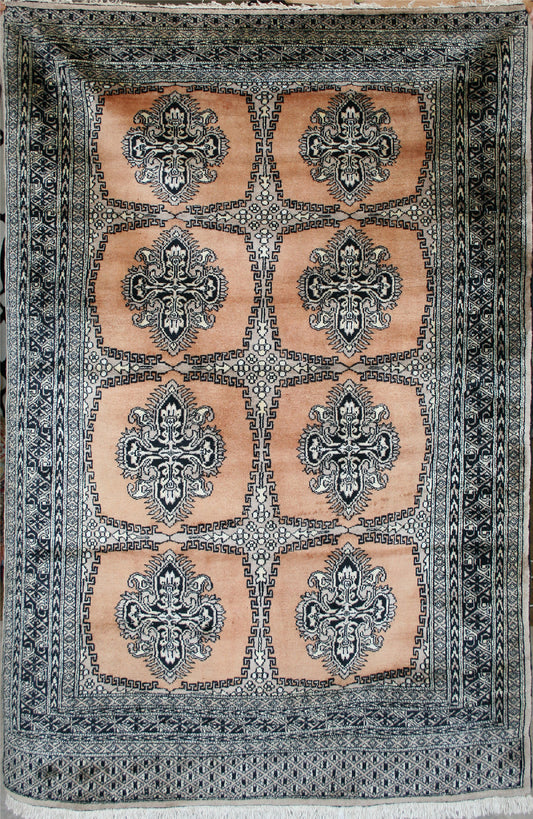 Sale
SaleAfghan Jaldar Rug
Regular price £905.00Regular priceUnit price / per£1,005.00Sale price £905.00Sale -
Afghan Jaldar Rug
Regular price £1,905.00Regular priceUnit price / per -
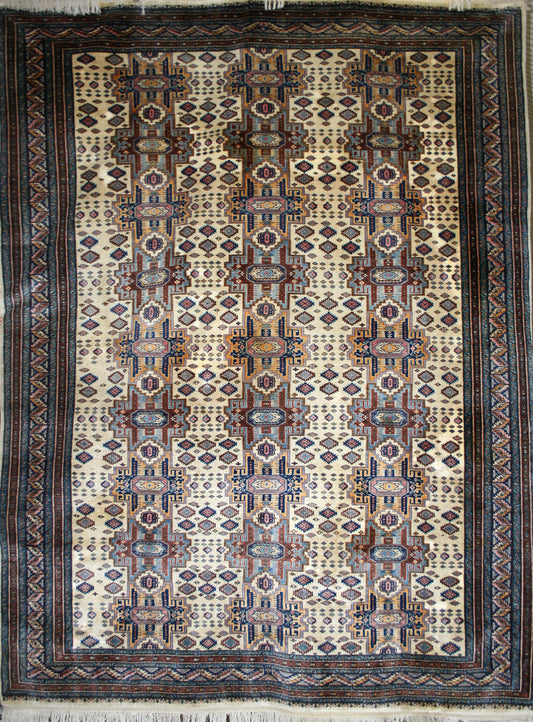 Sale
SaleAfghan Jaldar Rug
Regular price £3,715.00Regular priceUnit price / per£4,015.00Sale price £3,715.00Sale -
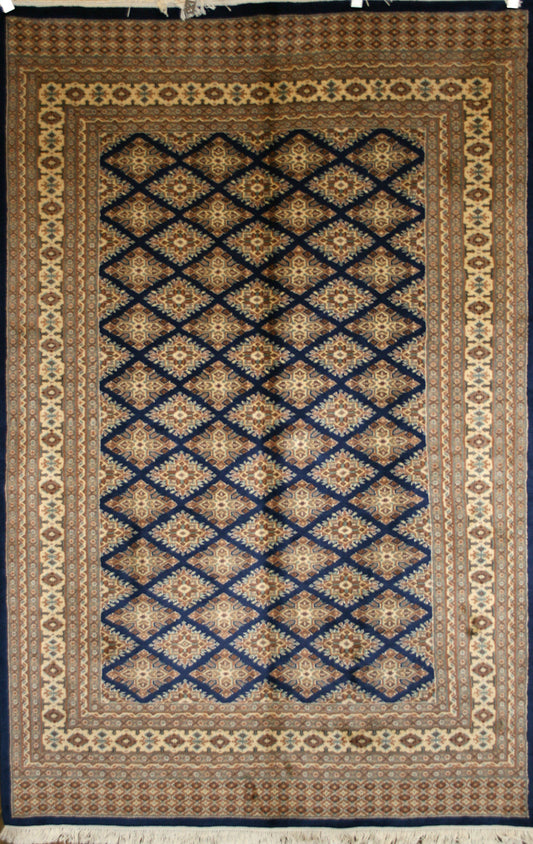 Sale
SaleAfghan Jaldar Rug
Regular price £1,165.00Regular priceUnit price / per£1,325.00Sale price £1,165.00Sale -
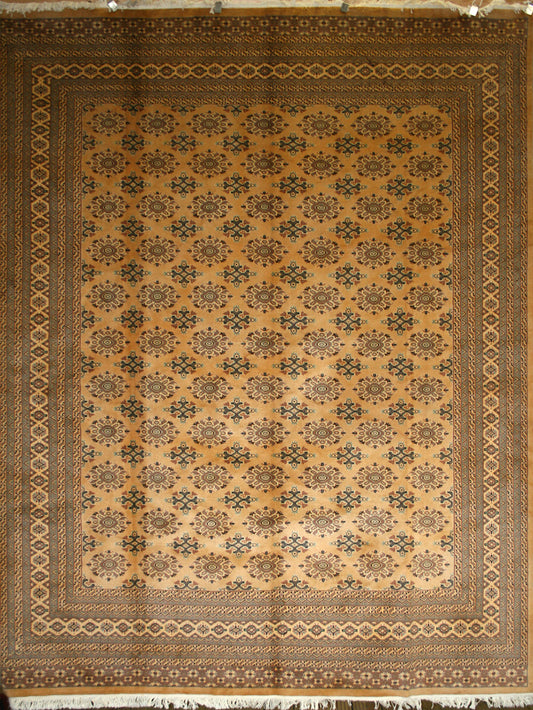 Sale
SaleAfghan Jaldar Rug
Regular price £1,855.00Regular priceUnit price / per£2,125.00Sale price £1,855.00Sale




